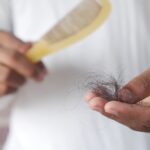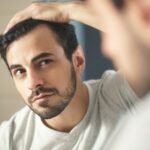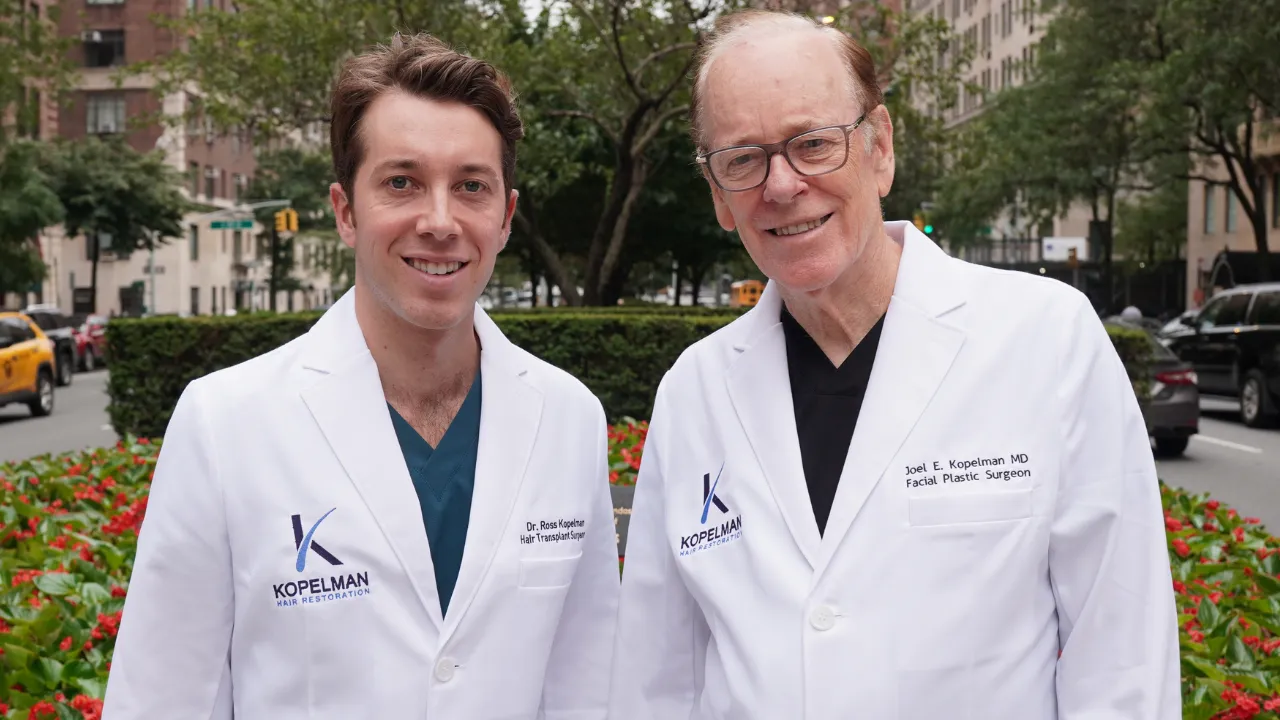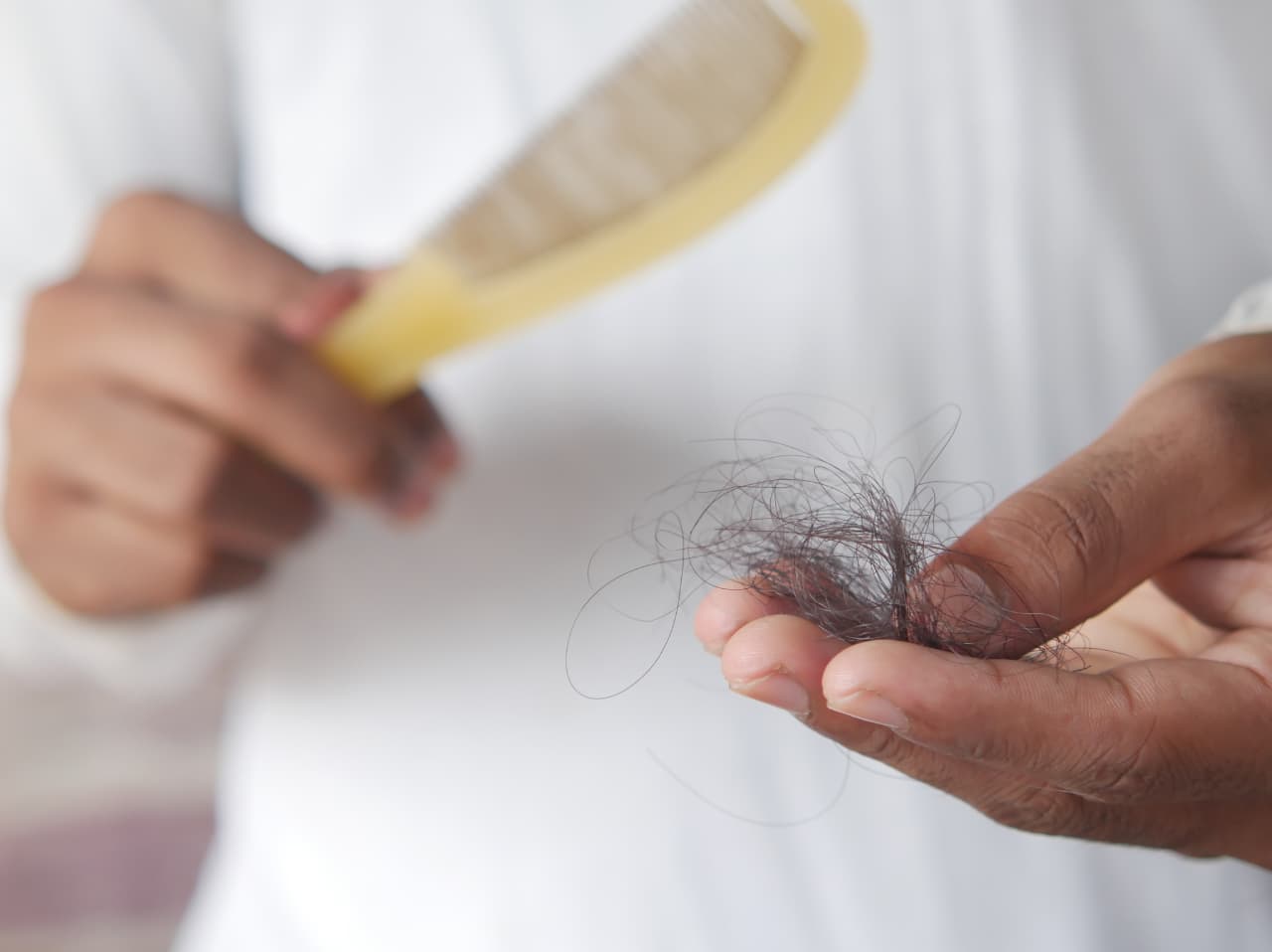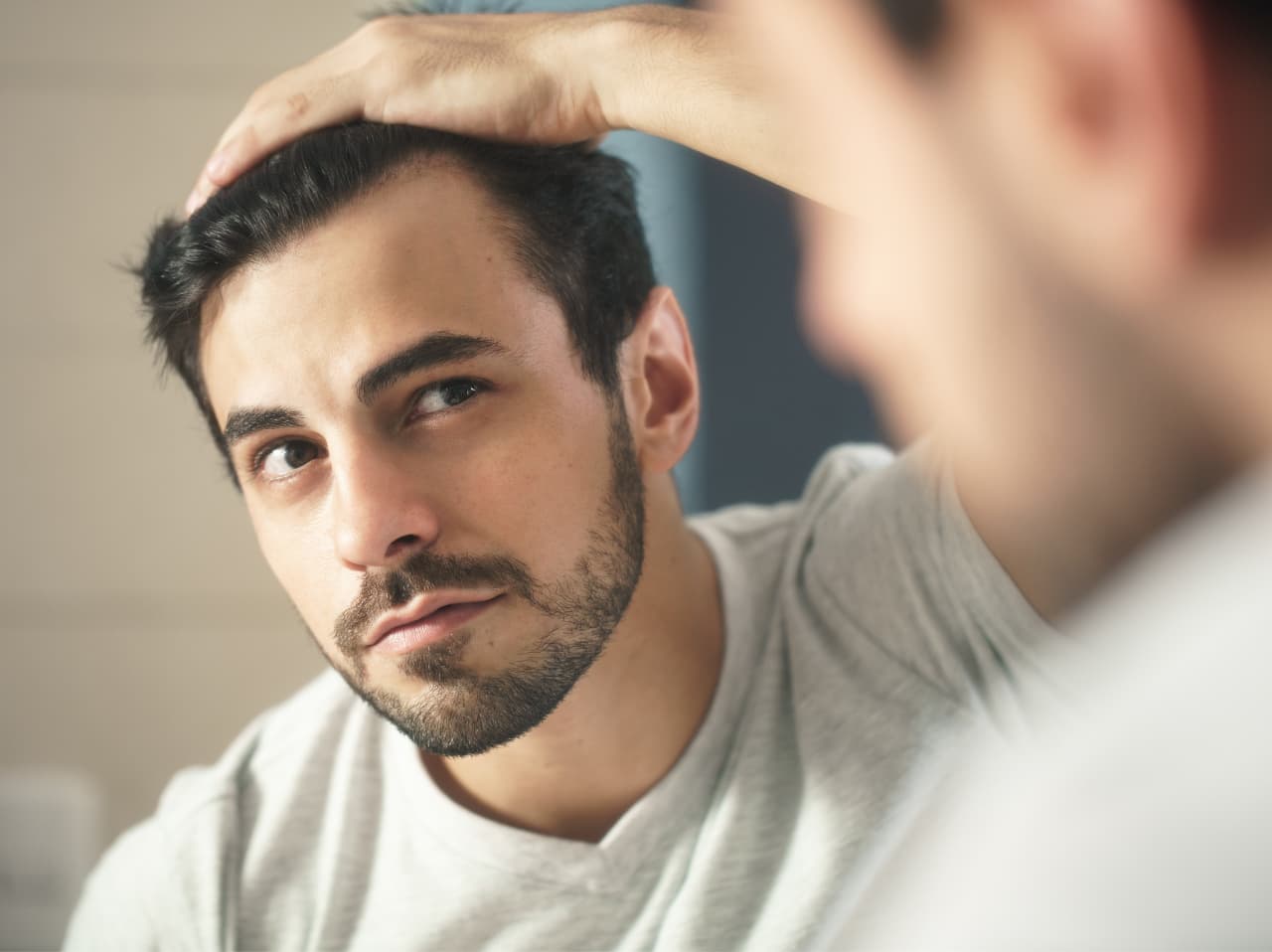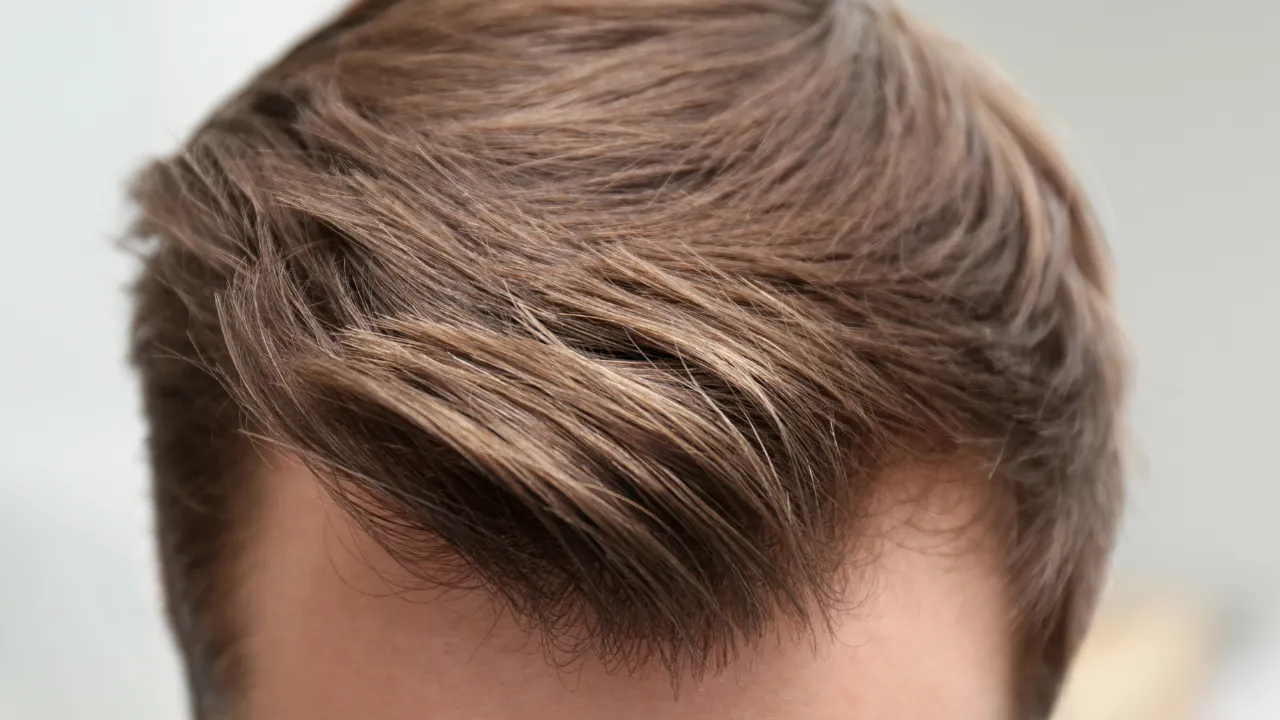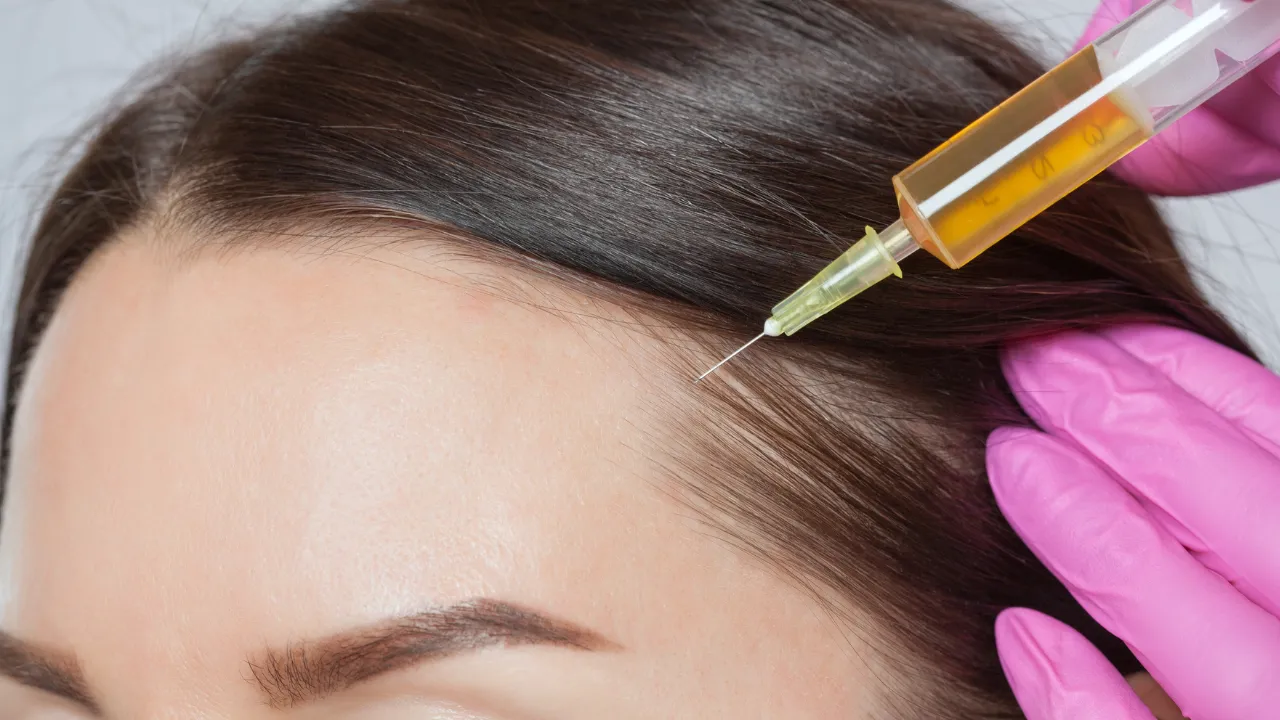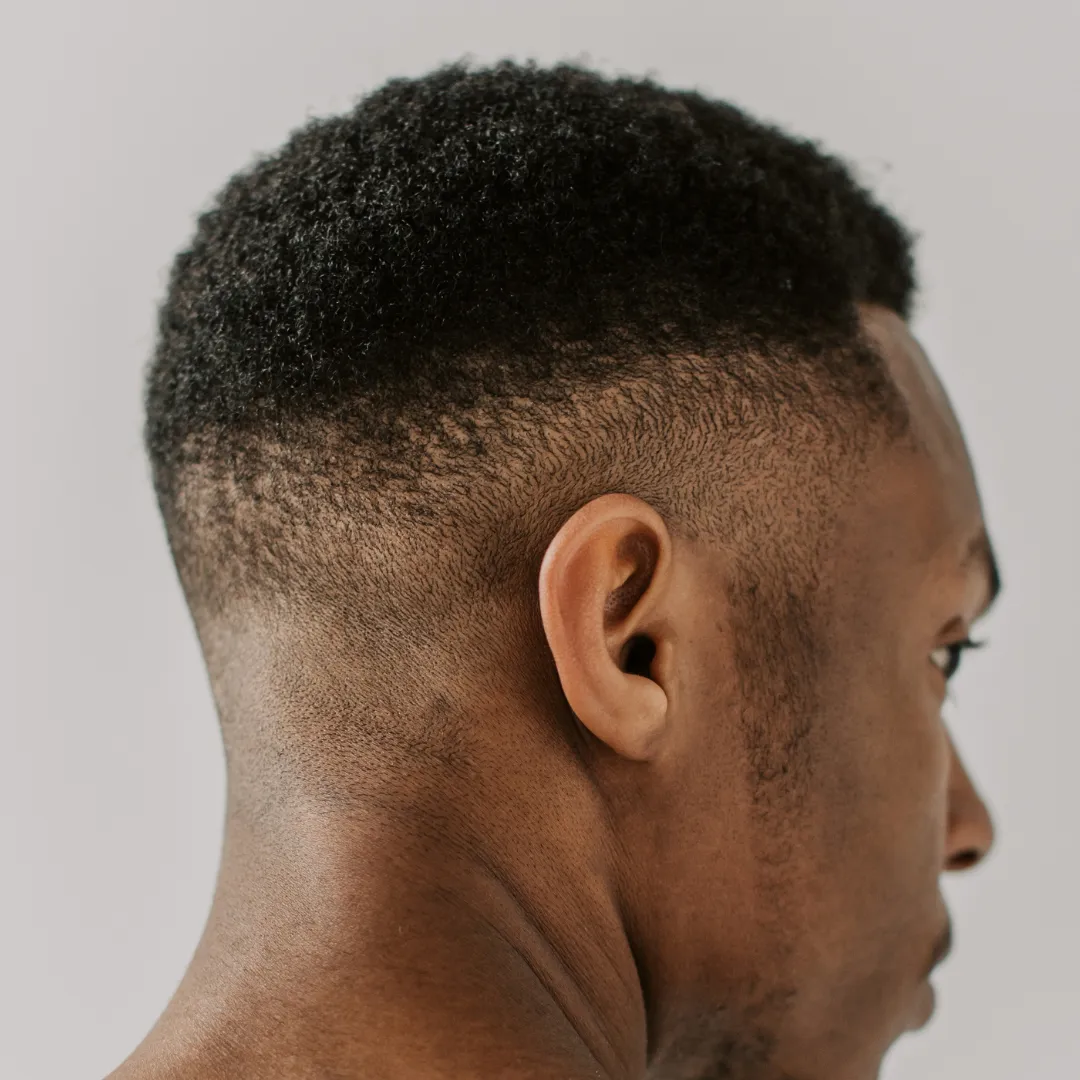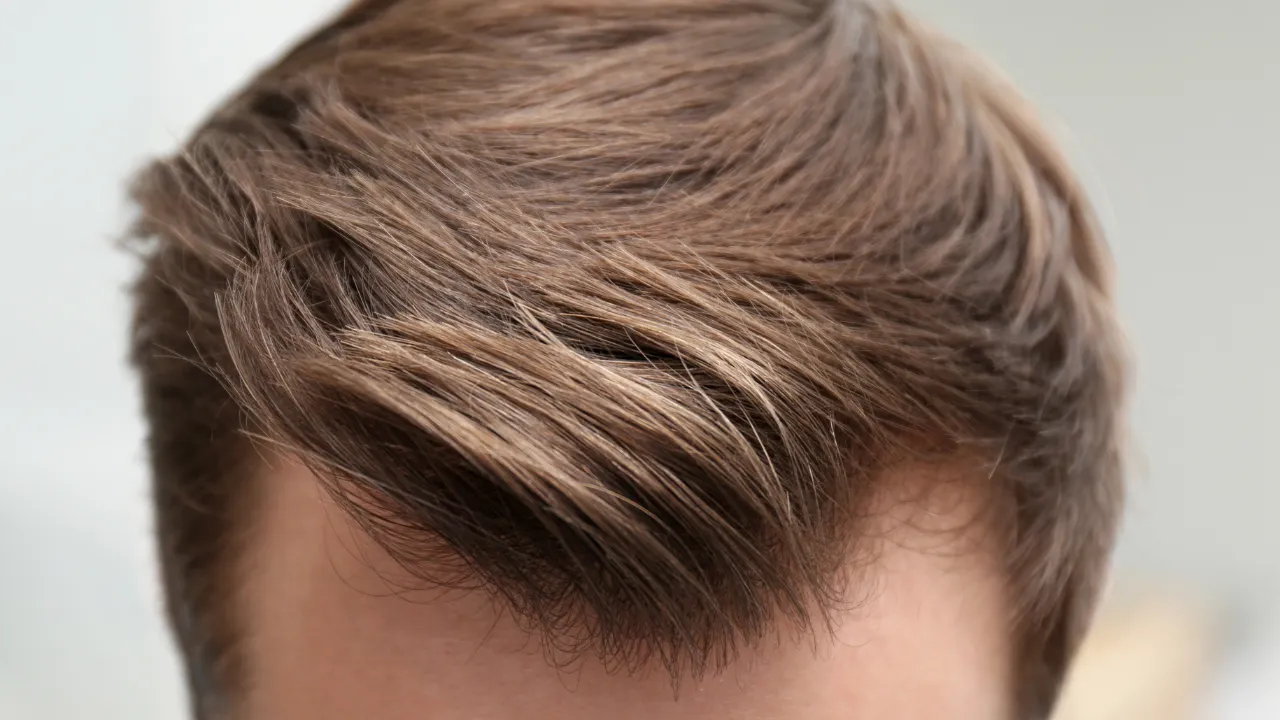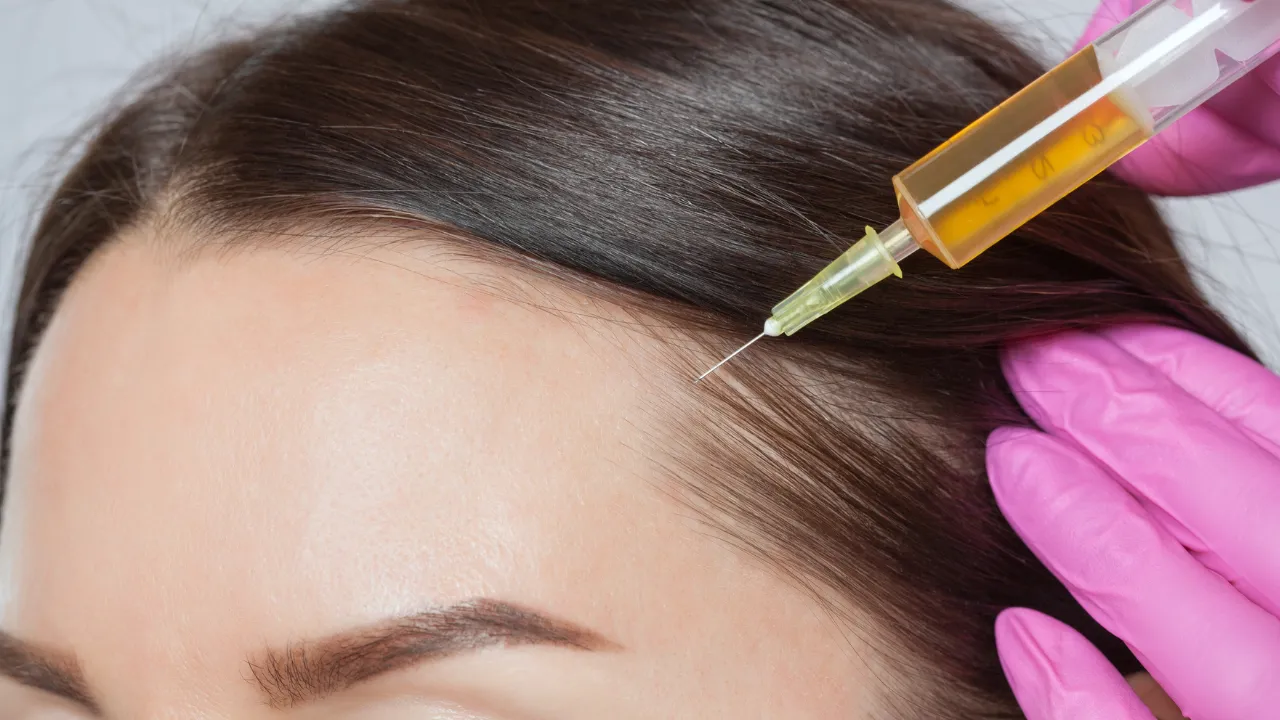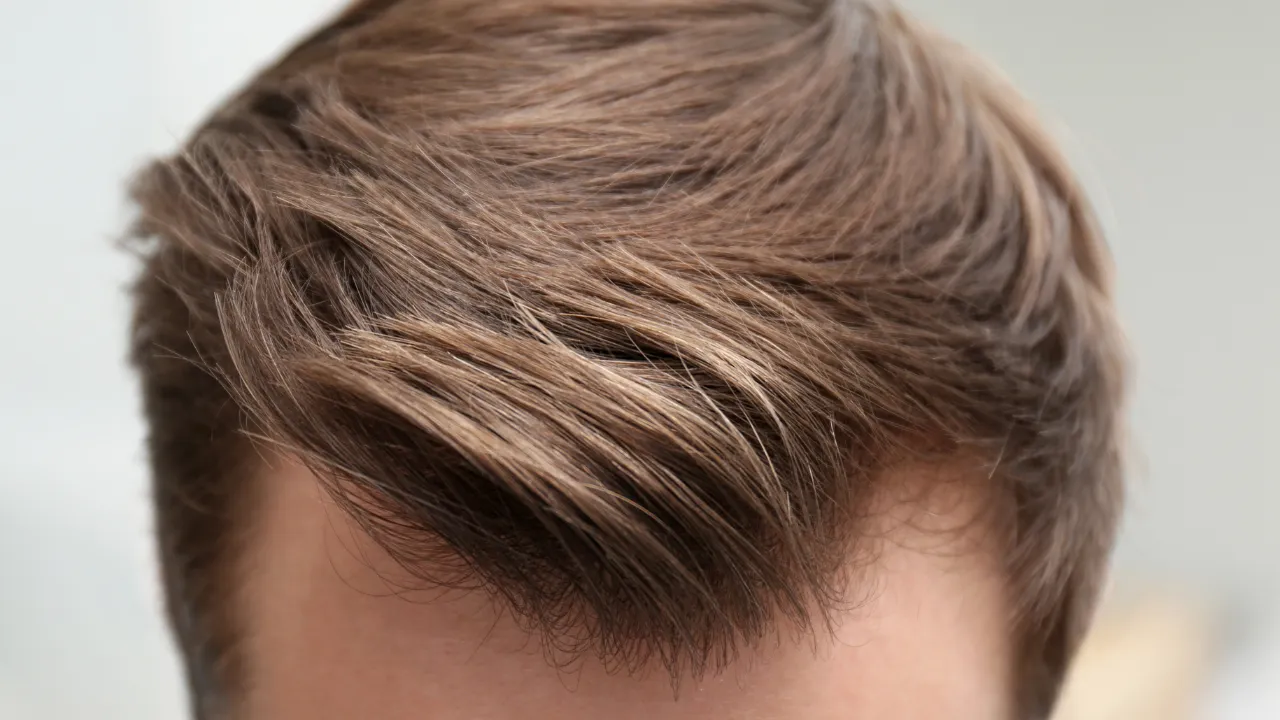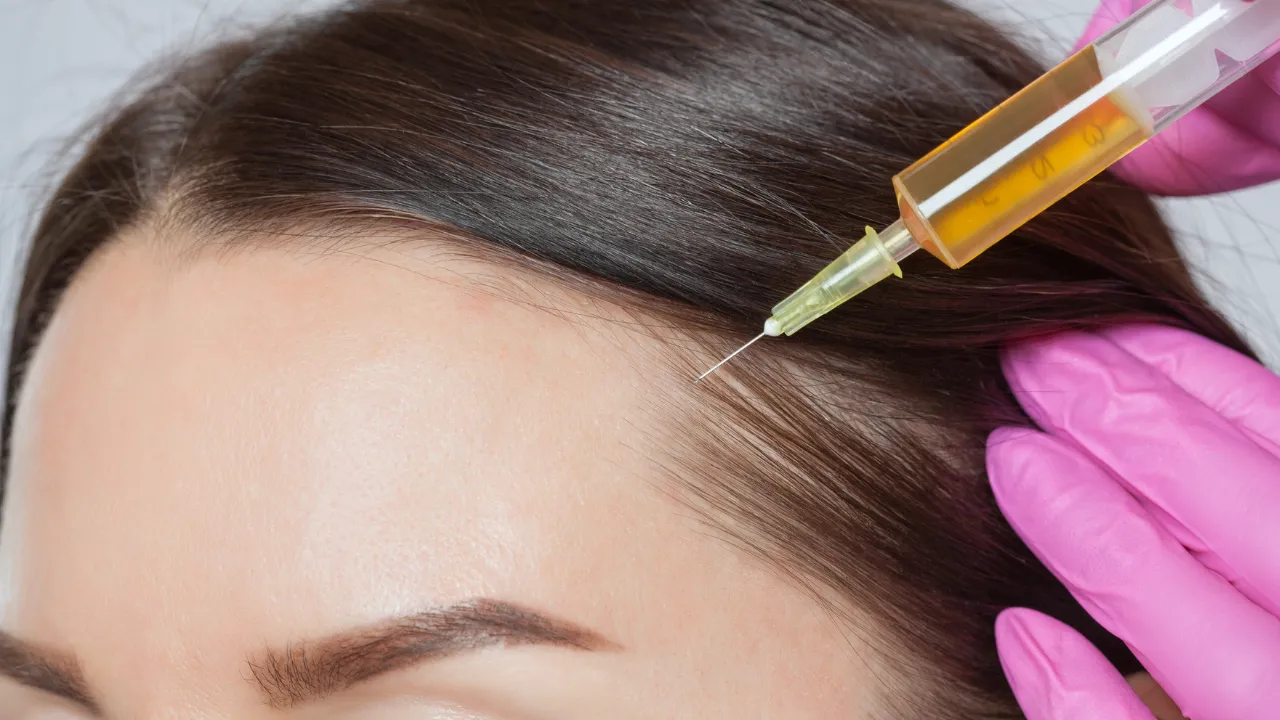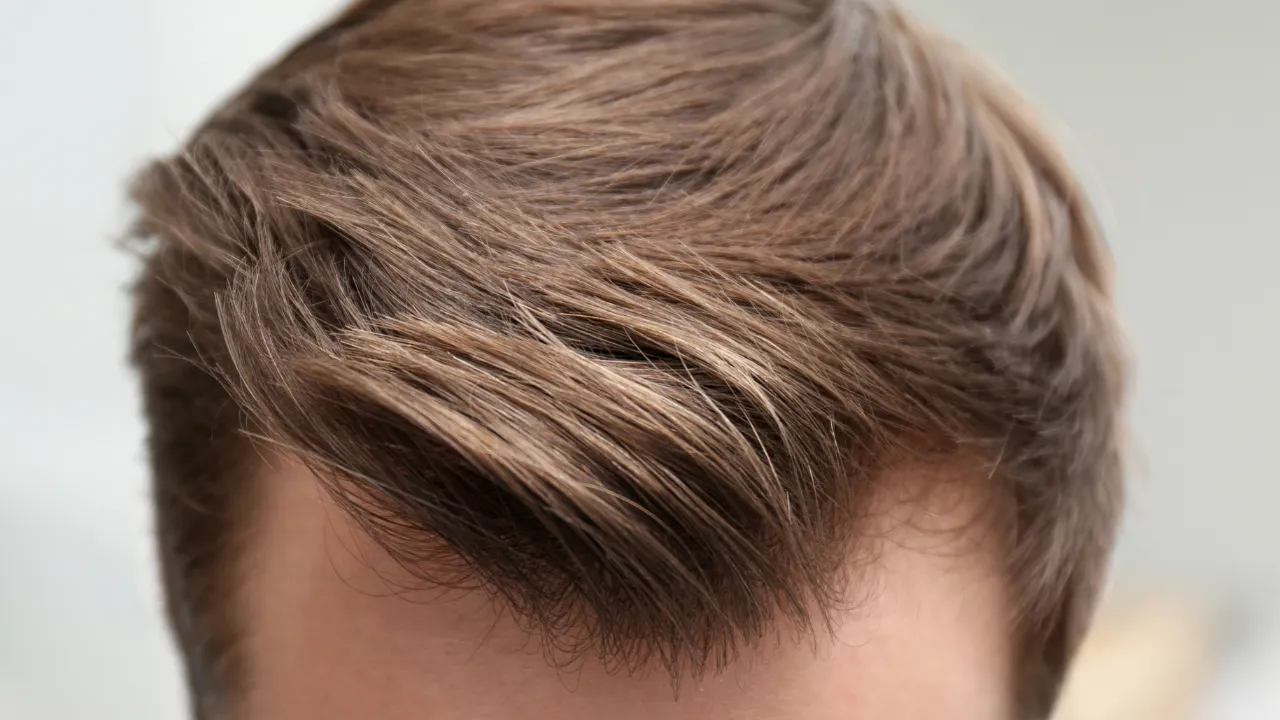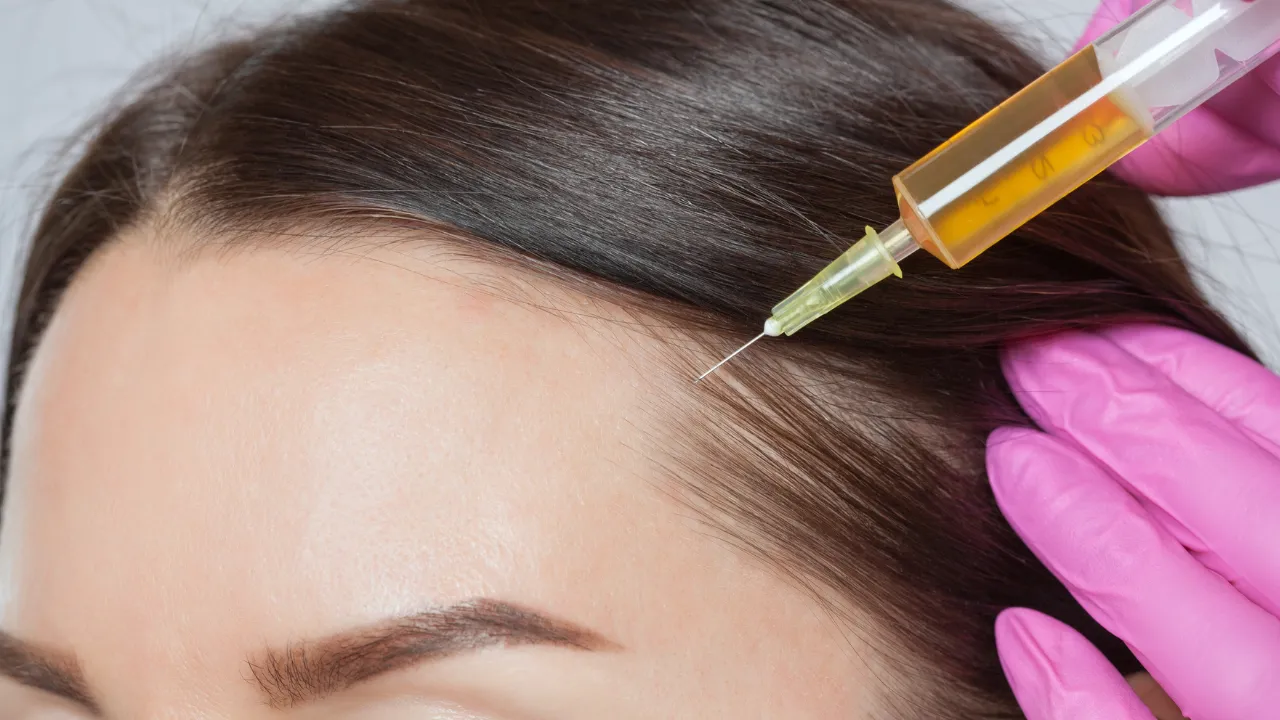Table of Contents
ToggleYes, it is possible to reverse balding in many cases, especially when hair follicles are still active. Treatments such as minoxidil, PRP therapy, and FUE hair transplant can help regrow and restore hair when started early.
Whether genetic, hormonal, or stress-related, the key is identifying the cause and beginning the right treatment plan. At Kopelman Hair, specialists tailor each approach to strengthen follicles and encourage long-term hair regrowth.
For anyone wondering, is it possible to reverse balding? the answer depends on early diagnosis and consistent treatment.
Key Takeaways
- Early treatment gives the best chance to reverse bald spots and restore density.
- Follicle activity determines whether regrowth is possible without surgery.
- Combining multiple therapies often produces stronger, longer-lasting results.
- Scalp health and lifestyle habits play a major role in treatment success.
- Regular checkups and preventive care help protect long-term results.
Understanding How Balding Starts
Balding rarely happens overnight. It usually develops slowly, beginning with subtle thinning at the crown, temples, or hairline. The most common cause is genetic sensitivity.
When follicles shrink, new hairs grow thinner and weaker until they eventually stop producing hair altogether. However, genetics are only part of the story.
Other factors, such as hormonal imbalance, chronic stress, nutritional deficiencies, or scalp inflammation can accelerate loss. Even tight hairstyles or harsh treatments can cause traction alopecia, a form of preventable hair loss. Taking early action helps protect active follicles and increases the likelihood of regrowth before permanent damage occurs.
Can Balding Be Reversed?
Yes, but only if follicles remain alive, targeted treatments can reactivate growth and restore visible density. Early intervention typically produces the best outcomes.
At Kopelman Hair, specialists assess scalp condition, follicle activity, and overall health to design customized treatment plans. Advanced tools such as digital imaging and microscopic evaluation help determine whether follicles are dormant or inactive.
When follicles scar or become nonfunctional, surgical restoration may be necessary. Still, many patients experience significant improvement through medical and regenerative therapies when started early.
How to Fix Bald Spots
Reversing bald spots begins with understanding whether follicles are dormant or permanently inactive.
- Medication or restorative therapy can often revive dormant follicles and restart growth.
- Inactive follicles may require hair transplant surgery using healthy grafts from other areas of the scalp.
At Kopelman Hair, specialists often combine medical and surgical treatments to create balanced, lasting results that improve density and scalp health.
In some cases, small areas of thinning can regrow fully with medication, while larger or long-standing bald spots may need surgical restoration for best results. This individualized approach ensures each patient receives the right blend of science and artistry.
Top Treatments That Stimulate Hair Growth
Modern hair restoration offers several proven options that help stimulate growth, repair follicles, and increase thickness.
1. Minoxidil (Topical Therapy)
Minoxidil enhances blood flow and prolongs the growth phase of follicles. With consistent use, it stimulates new hair and restores density in thinning areas. Patients typically see visible improvement after three to six months. Both men and women can benefit from this FDA-approved treatment.
2. Oral Medication
Finasteride works internally by blocking the conversion of testosterone into DHT. Reducing DHT levels slows genetic hair loss and helps preserve existing strands. When paired with minoxidil, it provides stronger, faster, and more stable regrowth over time.
3. Platelet-Rich Plasma (PRP) Therapy
PRP therapy uses your own blood plasma, which is rich in growth factors, to stimulate dormant follicles. This treatment promotes healing, increases circulation, and strengthens weakened strands. PRP offers a non-surgical approach, requires little downtime, and safely combines with other treatments to enhance results.
4. Low-Level Laser Therapy (LLLT)
Laser therapy boosts scalp circulation and cellular activity, encouraging follicles to produce thicker strands. You can perform it in-office or at home to strengthen existing hair and stimulate regrowth. Patients use LLLT devices regularly as part of ongoing maintenance to protect progress between clinical sessions.
5. FUE Hair Transplant Surgery
Follicular Unit Extraction (FUE) is a minimally invasive method that transplants healthy follicles into thinning or bald regions. Surgeons place each follicle with precision to match the hair’s natural growth direction and density. It delivers permanent, natural-looking results with minimal scarring and recovery time.
How Family History Influences Hair Loss
Genetics play a major role in how and when hair thinning begins. A family pattern of baldness means follicles are more likely to react to hormonal changes like DHT buildup.
Early evaluation for individuals with hereditary thinning. Preventive treatments can delay or even reverse early loss if started before visible shedding. Patients who begin therapy early often maintain stronger density and avoid advanced hairline recession.
The Role of Scalp Health in Hair Regrowth
A balanced, healthy scalp provides the foundation for successful hair restoration. Conditions such as dandruff, buildup, or inflammation can restrict blood flow and block follicles. Over time, this environment prevents treatments from working effectively.
Specialists evaluate scalp health before starting therapy. Restoring balance through gentle exfoliation, antimicrobial shampoos, and hydration ensures follicles receive proper nutrients. Healthy circulation improves treatment absorption and promotes faster regrowth.
Patients are also encouraged to maintain scalp hygiene at home, as regular care supports lasting results.
Lifestyle Choices That Support Hair Growth
Daily habits strongly influence treatment success. Dr. Ross Kopelman emphasizes adopting simple, consistent routines that protect both scalp and follicle health.
Helpful Habits
- Eat foods rich in protein, iron, zinc, and omega-3 fatty acids.
- Avoid tight hairstyles that cause tension on follicles.
- Manage stress through regular exercise, yoga, or meditation.
- Stay hydrated and limit excessive heat or chemical styling.
- Get enough sleep to support hormonal balance and recovery.
Combined with medical therapy, these lifestyle adjustments help maintain thicker, stronger hair and reduce shedding caused by stress or nutritional imbalance.
Diagnosing the Type of Baldness
Accurate diagnosis ensures the right treatment from the start. Each type of hair loss genetic, autoimmune, or environmental requires a specific approach.
At Kopelman Hair, specialists use diagnostic methods such as trichoscopy, scalp imaging, and biopsy to evaluate follicle viability. These tools identify whether follicles are still active and help measure hair density and scalp inflammation.
This precision allows him to design targeted, evidence-based plans that address the root cause, not just the symptoms, of thinning or baldness.
Combining Treatments for Best Results
The most effective regrowth strategies often combine multiple therapies to address several biological pathways at once.
A comprehensive treatment plan may include:
- Minoxidil to stimulate follicles.
- LLLT sessions to boost circulation.
- Supplements that improve nutrient levels and scalp condition.
- FUE hair transplant for advanced or permanent bald spots.
This integrated method enhances overall thickness and improves long-term outcomes. Consistency is key combining treatments safely under medical supervision ensures the best possible regrowth and durability.
How to Fix Bald Spots Permanently
Permanent restoration requires replacing follicles that can no longer regenerate. FUE hair transplant surgery achieves this by relocating healthy grafts from dense donor zones to areas with little or no hair.
During the procedure, surgeons carefully insert each graft following your natural growth pattern. Over several months, these transplanted follicles begin producing hair that blends seamlessly with the surrounding strands.
With meticulous attention to detail, Dr. Ross Kopelman creates age-appropriate results that look completely natural. Patients typically enjoy permanent growth within 12 to 18 months, with gradual improvement visible after the first few months.
Setting Realistic Expectations
While reversing baldness is possible, results depend on individual factors such as genetics, timing, and commitment to treatment. Non-surgical options like minoxidil or PRP may require several months of consistent use before results appear.
Dr. Ross Kopelman helps each patient understand expected timelines and milestones. Our specialists use diagnostic methods such as trichoscopy, scalp imaging, and biopsy to evaluate follicle viability.
Patience, discipline, and proper maintenance make successful regrowth far more likely and sustainable over time.
Preventing Future Bald Spots
Preventive care is essential to maintain progress and stop new areas of thinning. Continuing treatment, protecting the scalp, and maintaining nutritional balance all reduce recurrence.
Those with a family history of baldness should stay proactive through yearly checkups. Regular visits allow early detection of minor changes in density before they become visible bald patches.
Patients who combine ongoing therapy with healthy lifestyle habits often enjoy stable, lasting results for many years.
Advances in Hair Restoration
Hair restoration continues to evolve with breakthroughs in regenerative medicine and technology. Modern techniques such as stem-cell therapy, exosome treatment, and follicle cloning are expanding what’s possible for patients experiencing advanced loss.
Emerging tools like robotic-assisted FUE, precision micrografting, and AI-based follicle mapping make procedures more accurate, faster, and less invasive. These innovations increase graft survival rates and improve natural results.
With these advancements, the future of hair restoration looks promising, offering more options and shorter recovery times than ever before.
Why Choose Kopelman Hair
Kopelman Hair provides individualized, medically guided care that blends science with artistry. Dr. Ross Kopelman, a leader in hair restoration with over four decades of experience, delivers natural, lasting results that prioritize patient safety and confidence.
Each treatment plan focuses on restoring density, improving scalp health, and maintaining long-term vitality. Patients receive comprehensive support throughout their journey from diagnosis to full regrowth.
By combining advanced technology, medical precision, and a personalized approach, which helps patients regain both their hair and their confidence safely, effectively, and for life.




